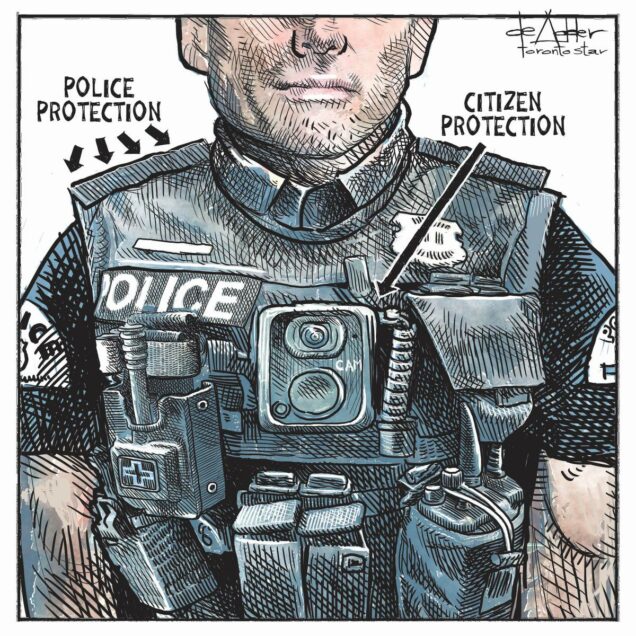Modernization or Traumatic

The image of the modern police officer has evolved over the years into a more modern and tactical appearance. The days of the thick wool or cotton long sleeve shirts, pants, and ties, garrison style hats, a leather duty belt with only a firearm and one set of handcuffs are a thing of the past. The look that many citizens in the United States have come accustom to over the years has been replaced with a more militaristic and practical approach to policing. This new image might be more realistic to the daily duties of law enforcement and appealing to the officer wearing the uniform, but how is it perceived by the public? Richard Johnson (2001) states police uniforms have a profound psychological impact on the public, and slight alterations to what the public is accustom to, may change the public’s perception of the police (Johnson, R., 2001, P27). A uniform change that is more comfortable, compatible, and reduces stress upon the officers who must don them, could inadvertently be displacing that stress onto the citizens they serve. Will society be able to adapt to this style of police uniform or will it create a greater divide among law enforcement and the community? The physical and mental health benefits of this modernized uniform could be a step in the right direction, taking care of those who care for us.
The traditional wool class A style uniforms that was previously predominately worn by law enforcement has become impractical for modernized policing. Today’s police are expected and or required to carry a greater number of tools on their person in preparation for every possible outcome. A firearm, extra magazines, hand cuffs, a flashlight, pepper spray, taser, baton, radio, body cameras, and tourniquets are a part of today’s standard policing attire. “Some police leaders dislike the tactical appearance of the loadbearing vests while others applaud their efficiency and potential for increasing comfort while decreasing injuries due to back strain” (Stockton, 2016, P.24). The demand for added equipment has caused greater amounts of weight to be placed on officer’s duty belts resulting in injuries. External carrier uniform vests take that added weight off of the officer’s duty belt and distributes it on the vest. This weight reduction from the duty belt has been a relief for officer’s who suffer from back related injury or pain. Having worn both styles of uniforms myself, I can attest to the added comfort and versatility that these external carriers provide. The change to the external carrier style uniform vests has provided an improvement in the health and wellbeing of officers particularly when stuck in the uniform for long hours. Police officers and some administrators are in favor of the modernization of the police uniform, but does public perception take precedent to the officer wellbeing?
If the modern uniform appears too militaristic in the eyes of the public, what consequences will result? Police agency around the country have focused great efforts in developing positive relationship building strategies within their communities. How does a police agency portray the added benefits both physical and mental these uniforms provide for their officer’s? How do police agencies help mitigate the added stress and fears of militarization of the police that these new styles of uniform create? With the current tensions building between police and citizens across the country, could the implementation of these new militaristic style uniforms have contributed to the unraveling relationships between the police and the communities they serve?
Michael Carrasquillo
Reference:
Johnson, R. (2001). The Psychological Influence of The Police Uniform. FBI Law Enforcement Bulletin. 27-32.
Stockton, D. (2016). What Every Police Leader Should Know About Body Armor. Tactical Response; Vol. 14. 22-25.